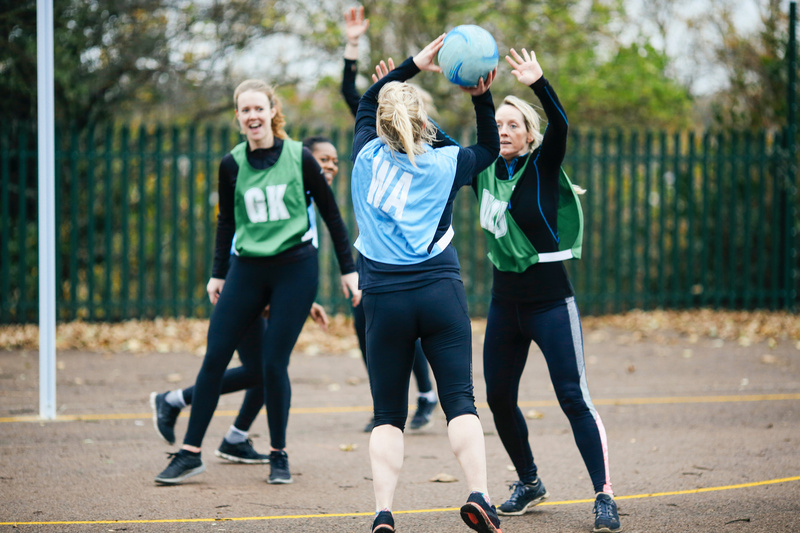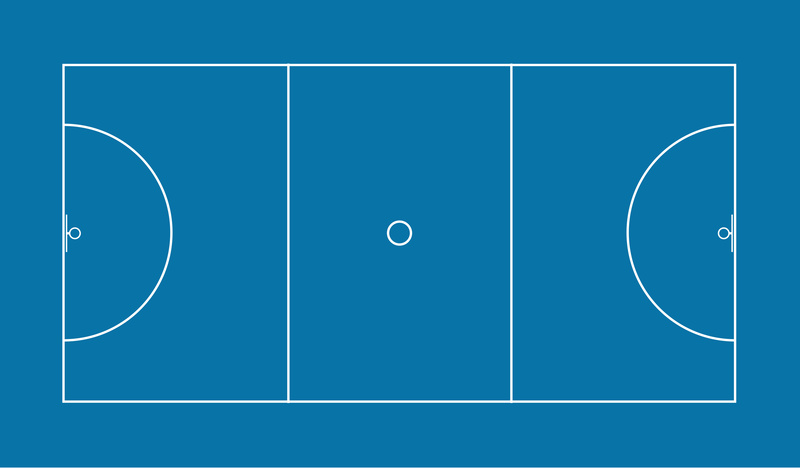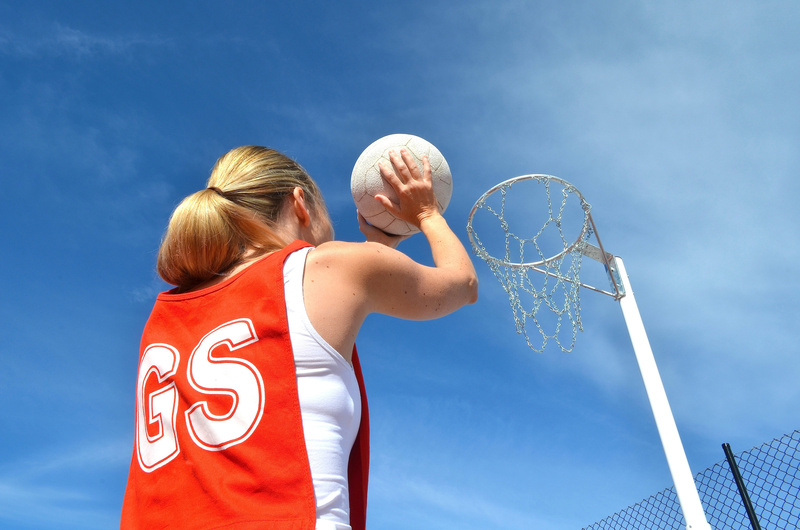Netball Rules and Positions - The Ultimate Guide for Beginners
If you are new to netball, then you may feel a little overwhelmed by all the rules and regulations of the game. However, once you understand the basics, you'll find that netball is a fun and exciting sport that is easy to learn. Netball is a fast-paced, exciting sport that is enjoyed by millions of players around the world. It is a game that requires skill, strategy, and teamwork, making it an ideal sport for players of all ages and abilities.
In this ultimate beginner's guide, we will go over everything you need to know about netball and some of the most important rules.

What is Netball?
Netball is a team sport that is played between two teams of seven players each. The objective of the game is to score goals by throwing the ball through a ring that is mounted on a 10-foot-high (3m) pole. The team that scores the most goals at the end of the game wins.
A Brief History of Netball
Netball was first played in England in the late 19th century. At the time, it was called "women's basketball" and was played mainly by women in schools and colleges. The sport quickly gained popularity and spread around the world, with the first international match being played between England and Australia in 1938.
Where to Play Netball
Netball can be played on both indoor and outdoor courts, making it a versatile sport that can be played all year round. There are also many local clubs and leagues that offer opportunities for players of all ages and abilities to get involved.
Playing a Netball Game
The netball court is divided into thirds. The centre third is where the game starts, and the other two-thirds are the goal thirds. Each goal third contains a goal circle, which is where the goals are scored. The goal circle has a radius of 4.9 meters, and the goalpost is 3.05 meters high.

A full match is divided into 4 quarters. At the start of each quarter, the team that did not start with the centre pass in the previous quarter gets to start with the ball. If the game ends in a tie, the teams play two additional 7-minute halves. If the game is still tied after the additional time, a golden goal is used to determine the winner. The first team to score wins the game.
The Ball
The ball used in netball is made of leather or rubber and weighs between 14-16 ounces (roughly 400-450g). The ball must be passed, not dribbled or kicked, and can only be held for three seconds before it must be passed to another player.
Try Sportmembers software for free - Create profile
Starting a Netball Game - Basic Regulations
The game starts with a centre pass from the centre of the court. The team with the ball must pass it from player to player, with the aim of getting the ball into their goal circle and scoring a goal. The opposing team tries to intercept the ball and prevent the other team from scoring.

Netball Players and Positions
A netball team is made up of seven players who each have their specific position and roles on the court. Let's break it down:
- Goal Shooter (GS): This player is responsible for scoring the majority of the team's goals. They are positioned close to the goalpost and must have excellent shooting skills, accuracy, and coordination to score points for their team.
- Goal Attack (GA): The goal attack works alongside the goal shooter and supports them by scoring goals and helping to create opportunities to shoot. They also help to transition the ball from the centre third to the goal circle.
- Wing Attack (WA): The wing attack is responsible for setting up the attacking plays and helping to move the ball forward. They work closely with the centre player to ensure that the ball is moved quickly and efficiently up the court.
- Centre (C): The centre player is like the quarterback of the team. They are responsible for directing the play and making sure that the ball is moved from one end of the court to the other. They also play a key role in both the attack and defence.
- Wing Defence (WD): The wing defence player is responsible for marking the opposition's wing attack and preventing them from getting the ball. They must be agile, quick, and have excellent anticipation skills.
- Goal Defence (GD): The goal defence player works to prevent the opposition's goal attack from scoring. They must be quick, agile, and have excellent timing to deflect shots and intercept passes.
- Goal Keeper (GK): The goalkeeper is the last line of defence and must prevent the opposition's goal shooter from scoring. They must be tall, agile, and have excellent jumping ability to contest shots and rebound missed shots.
Each player on the team has a crucial role to play in achieving the overall objective of winning the game. They must work together, communicate effectively, and support one another to ensure that they play to the best of their ability.

Rules of Netball
Now that we have covered the basics let's go over some of the most important rules of netball:
- Footwork: A player must always have one foot on the ground when they catch the ball. They can then pivot on that foot, but they cannot hop or take any additional steps.
- Contact: Players are not allowed to make contact with other players on the court. If contact is made, a free pass is awarded to the opposing team.
- Obstruction: Players are not allowed to obstruct the movement of another player. If a player obstructs another player, a free pass is awarded to the opposing team.
- Offside: Players must stay in their designated third of the court, with the exception of the centre who is allowed in all thirds. If a player goes offside, a free pass is awarded to the opposing team.
- Out of Court: If the ball goes out of court, the opposing team is awarded a throw-in from where the ball went out.
- Scoring: A goal is scored when the ball is thrown or batted above and completely through the ring by a Goal Shooter or a Goal Attack from any point within the goal circle including the lines bounding the goal circle.
Governing bodies
In the UK, netball is governed by England Netball, which oversees local leagues, clubs, and national teams. At the international level, World Netball (formerly the International Netball Federation) is responsible for promoting and developing the sport around the world.
Is Netball for You?
Netball is a fast-paced, exciting sport that requires skill, teamwork, and strategy, and that can be enjoyed by people of all ages and abilities.
The rules are designed to keep the game fair and ensure player safety, and scoring is simple – each goal is worth one point. Matches consist of four quarters, each lasting 15 minutes, and the team with the most points at the end of the game wins. Pretty straightforward!
TIP: Read about our free Membership management software system
By understanding the rules of the game, you will be able to fully appreciate the skill and athleticism required to play netball at a high level. Go out there and score some goals!
Netball and SportMember
We hope this beginner's guide has helped you understand the basics of netball and inspired you to pick up a ball and give it a try. Remember, the key to becoming good at any sport is practice, so get out there and start playing!
The full overview and laws of the game can be found on the World Netball website. There are thousands of netball clubs in the UK, and many of them are using a club management system, like Sportmember, to streamline their club admin and help save time running their club.
SportMember allows you to gather all the club's functions in one place; member database, calendar and event planning, attendance, membership fees collection, and so much more (including a fully integrated and free website).
Creating a club profile on SportMember will help you run and structure the club, and save you a lot of time on otherwise manual tasks. Try it out by clicking "Create profile" below.